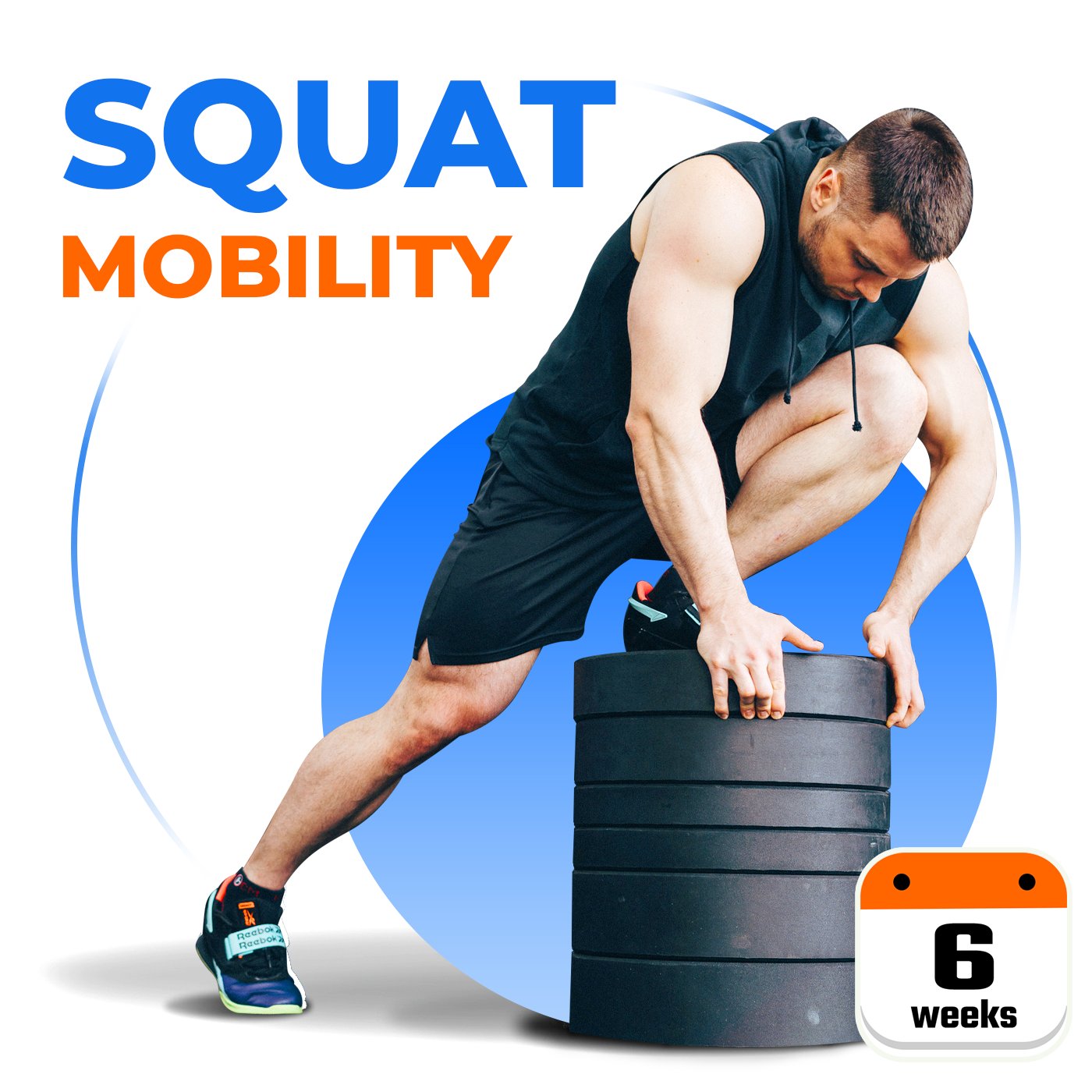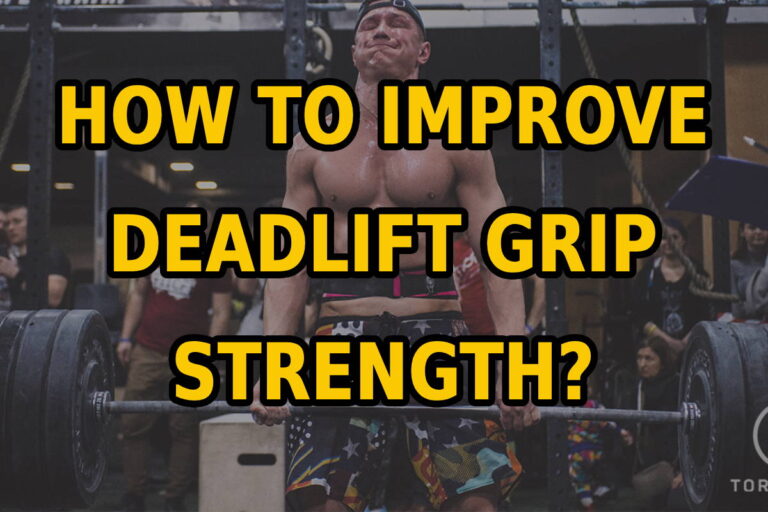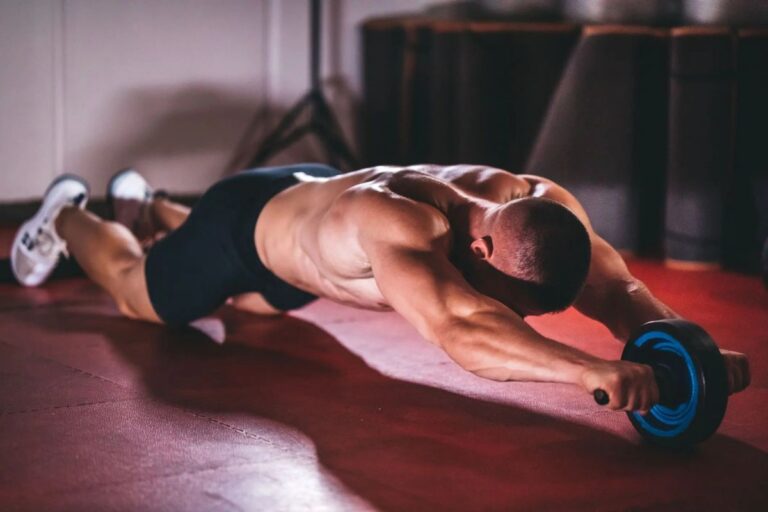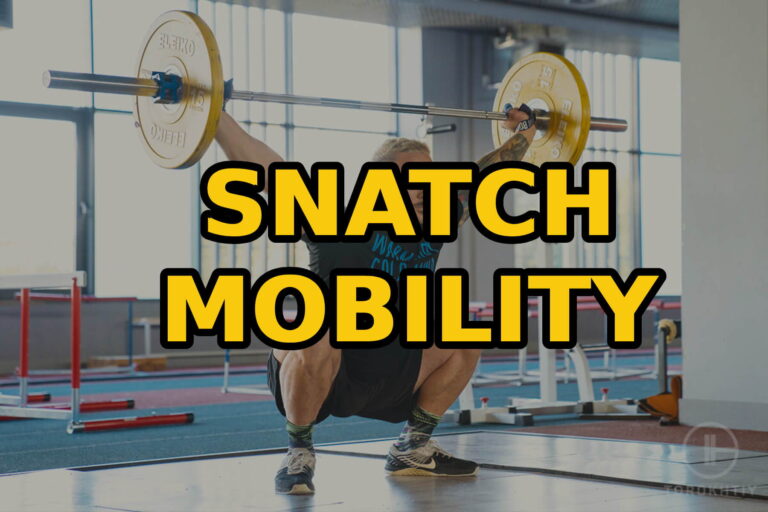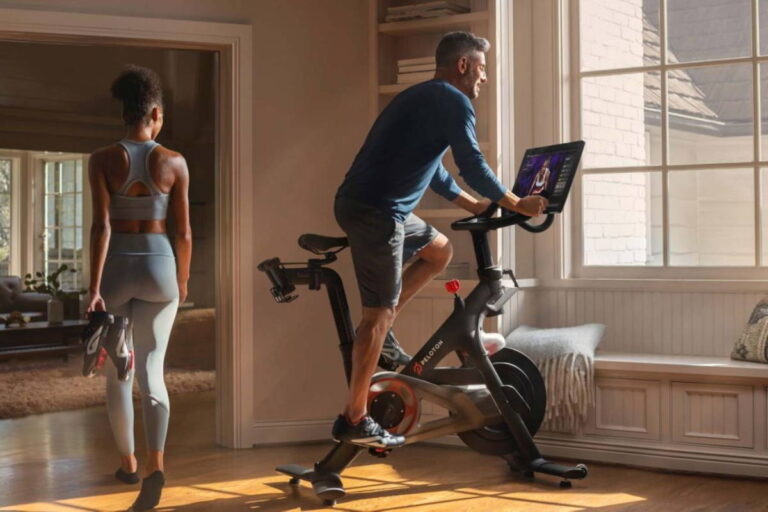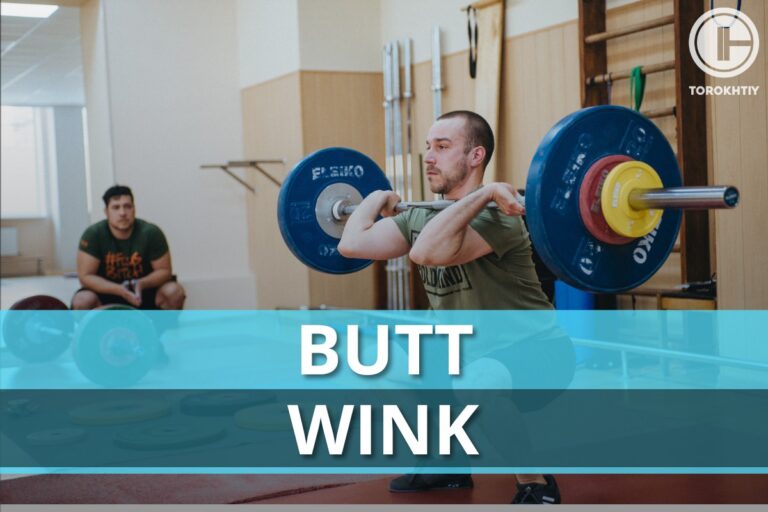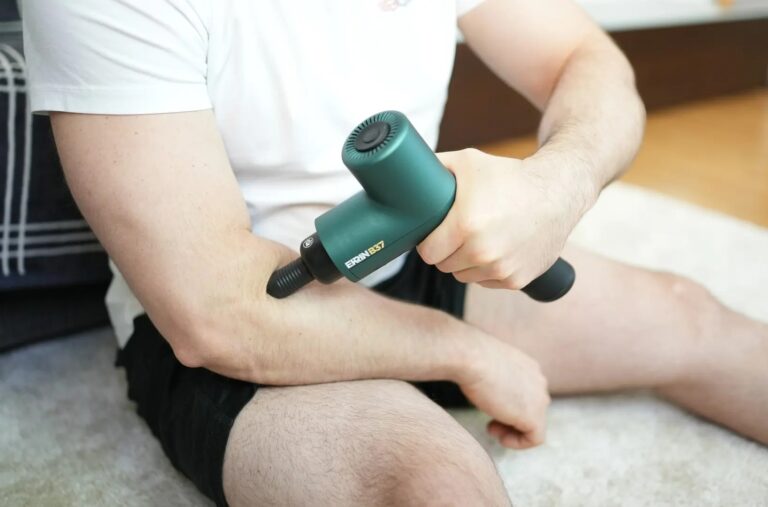Squats : Eternal Topic
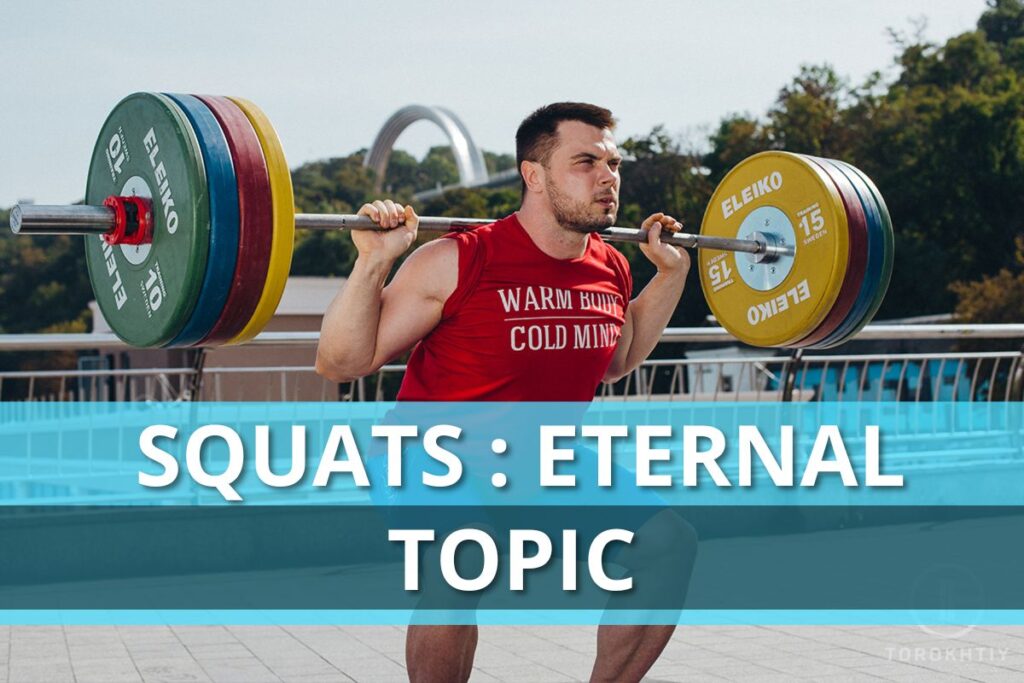
Despite the fact that weightlifting consists of two exercises: snatch, clean&jerk, many weightlifters and functional athletes are convinced that crazy results in squats will help them improve their results in snatch and clean and jerk. I will not argue with such an opinion, perhaps I also do not know something or I miss something in training. In this article I’d like to share my personal experience, as well as provide a large amount of scientific data on the subject.
Between 2010-2011, I had a knee injury that completely changed my training program for the Olympic Games and my attitude to squats. In fact, I had to remove all loads in the squats 8 months before the Olympic Games, because otherwise the knee would hurt and I wouldn’t be able to train at all. Instead, I focused on the jerk and proper techniques and hoped for a miracle.
My coach Valery Nikulin always said that “strong legs and heavy weights in squats are not good and not bad alone, it is important to be able to apply this force to the bar during a snatch and clean&jerk”. Most of all in my life I squatted with a barbell on my shoulders weighting 290 kg, but not more than 3 times and I was 21. For a weightlifter the proper technique is more important than the weight: technique, angles, dynamics, amplitude of movement.
The Soviet school of weightlifting has accumulated a large number of methods for developing leg strength over a 120-year history: some methods proved their worth, others were long forgotten, and then they were remembered again and began to be successfully used in powerlifting.
Indeed, in order to properly train legs for effective work in weightlifting, squats with a barbell on shoulders are few — you need to use lots of different exercises and methods. You can get acquainted with the nuances of the method of developing leg strength in my LEGS STRENGTH program.
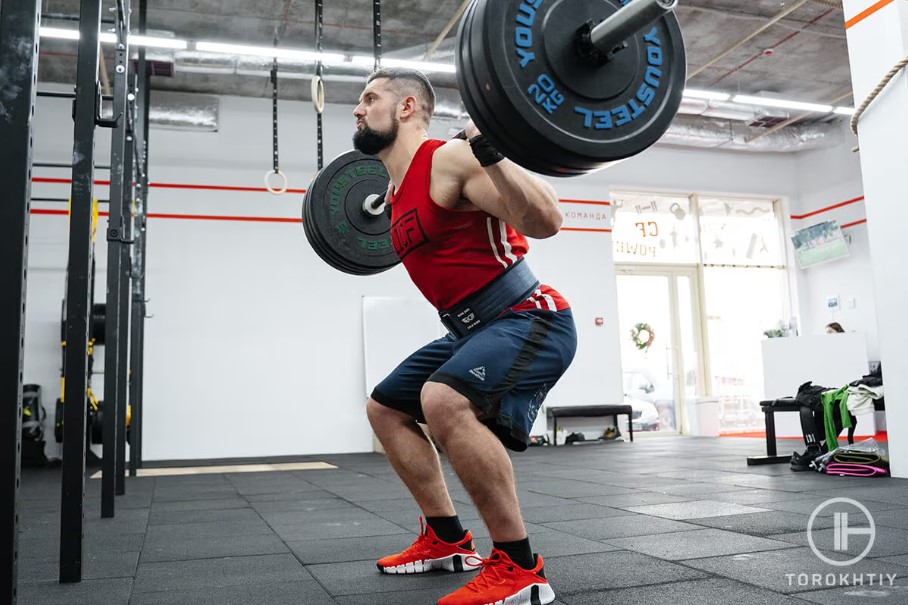
The question I often get asked is: how fast should I squat and what pace of movement should be in the process of performing one rep? Before I share my vision, let’s turn to the scientific data. The greatest number of experiments on this issue was conducted by Soviet coaches and scientists in the period between 1954-1974, but it was not possible to reach a general consensus: the recommendations and practice of training of those times really speak about the effectiveness of using fast, medium and slow squats. Also, there is practically no experimental research where fast, medium and slow speeds of squats and the increase in results in clean and jerk would be compared.
One small study of 1976 (SI Lelikov, NN Saxanov), in which 32 weightlifters took part (they were divided into 4 groups), who for 5 weeks have been performing squatting with the load up to 80%, 5 sets – 3 times fast, average, slow and very slow pace. The most effective increase in the results was shown by the group that worked at an average pace (20.65%), the other groups progressed by an average of 12-14% and there was no statistical difference between them. At the same time, it was not possible to fix statistically the differences in energy consumption when performing squats with different speeds.
In my opinion, these data are quite logical. With regard to the use of different variations of squats (on the bench, with a close distance between legs, with a pause, with a slowdown and acceleration up, with preliminary fatigue), they are quite acceptable in the first stage of the preparatory period, as well as when the athlete seeks to increase body weight and adapts his training program to goal.
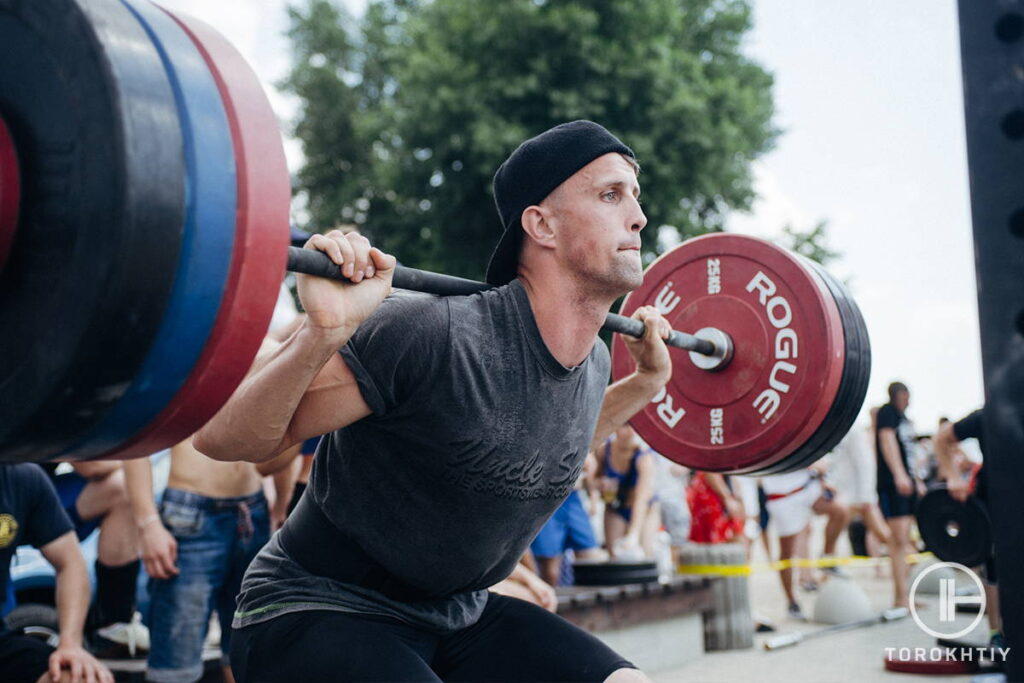
In the competitive period, most athletes perform mostly only squats with a barbell on their shoulders and chest, most often 1-2 times. At the same time, some schools shed their load in squats 2-3 weeks before the competition, while others can squat huge weights (110-120% of the jolt) another 2-4 days before entering the platform.
My tips on doing squats with a barbell on the shoulders and chest:
1. Always squat face to the racks – this is a matter of safety.
2. Do not be afraid to ask to spot you.
3. Remove the barbell from the racks correctly and take the correct starting position – keep the barbell always with full grip.
4. Always work to the full range of motion – the ligaments and joints must be stretched and prepared for the competitions.
5. Patience, right angles when moving down will help you generate maximum power when moving up.
🔻SQUAT MOBILITY PROGRAM
Unlock Your Squat Potential!
- ⚙️ Boost Flexibility
- 💪 Master Deep Squats
- 🏋️ Excel in Olympic Lifts
- 🏆 Achieve Personal Bests
Perfect for all levels! Join now and enjoy:
- 🔹 60+ Visual Exercises
- 🔹 6-Week Transformation
- 🔹 Progress Tracking
- 🔹 One-Time Payment
Don’t let mobility limit your gains. Invest in yourself today! 💥💪
6. When lifting from a low postion there should be no “dead spots” – one continuous movement upwards. If the “dead point” is constantly present in your squats, reduce working weights and work out a continuous movement upwards.
7. In your mind, you should always strive to push your pelvis backwards, your knees to the sides and move upward with acceleration – this will help you to develop muscular efforts more effectively.
8. Remember:it doesn’t matter in weightlifting how many times and how deep you can sit down – it’s important how much you can lift in a snatch and a clean&jerk in competitions.
You might be interested in:
Why Trust Us?
With over 20 years in Olympic Weightlifting, our team does its best to provide the audience with ultimate support and meet the needs and requirements of advanced athletes and professional lifters, as well as people who strive to open new opportunities and develop their physical capabilities with us.
By trusting the recommendations of our certified experts in coaching, nutrition, dietology, and sports training programming, as well as scientific consultants, and physiotherapists, we provide you with thorough, well-considered, and scientifically proven content. All the information given in the articles concerning workout programming, separate exercises, and athletic performance, in general, is based on verified data. We ensure that you can rely on our professionals’ pieces of advice and recommendations that can be treated as personalized ones which will benefit you and fully meet your needs.
The product testing process is described in more detail here
Author: Sergii Putsov
Head of Sport Science, PhD
Best Results: Snatch – 165 kg,
C&J – 200 kg
Sergii Putsov, Ph.D., is a former professional weightlifter and National team member, achieving multiple medals in the 94 kg weight category at national competitions. With a Master’s degree in “Olympic & Professional Sport Training” and a Sport Science Ph.D. from the International Olympic Academy, Greece, Sergii now leads as the Head of Sport Science. He specializes in designing training programs, writing insightful blog articles, providing live commentary at international weightlifting events, and conducting educational seminars worldwide alongside Olympic weightlifting expert Oleksiy Torokhtiy.

